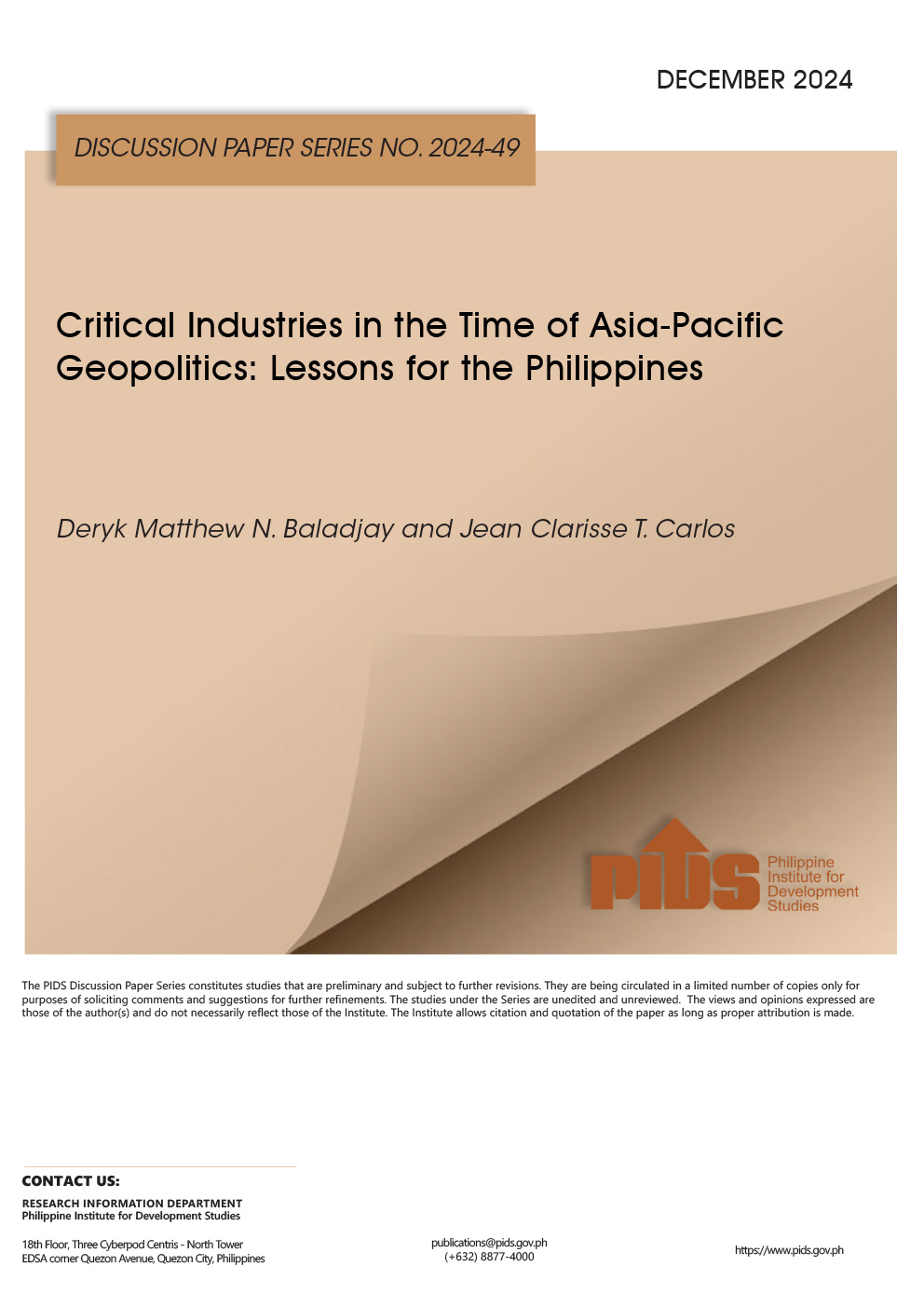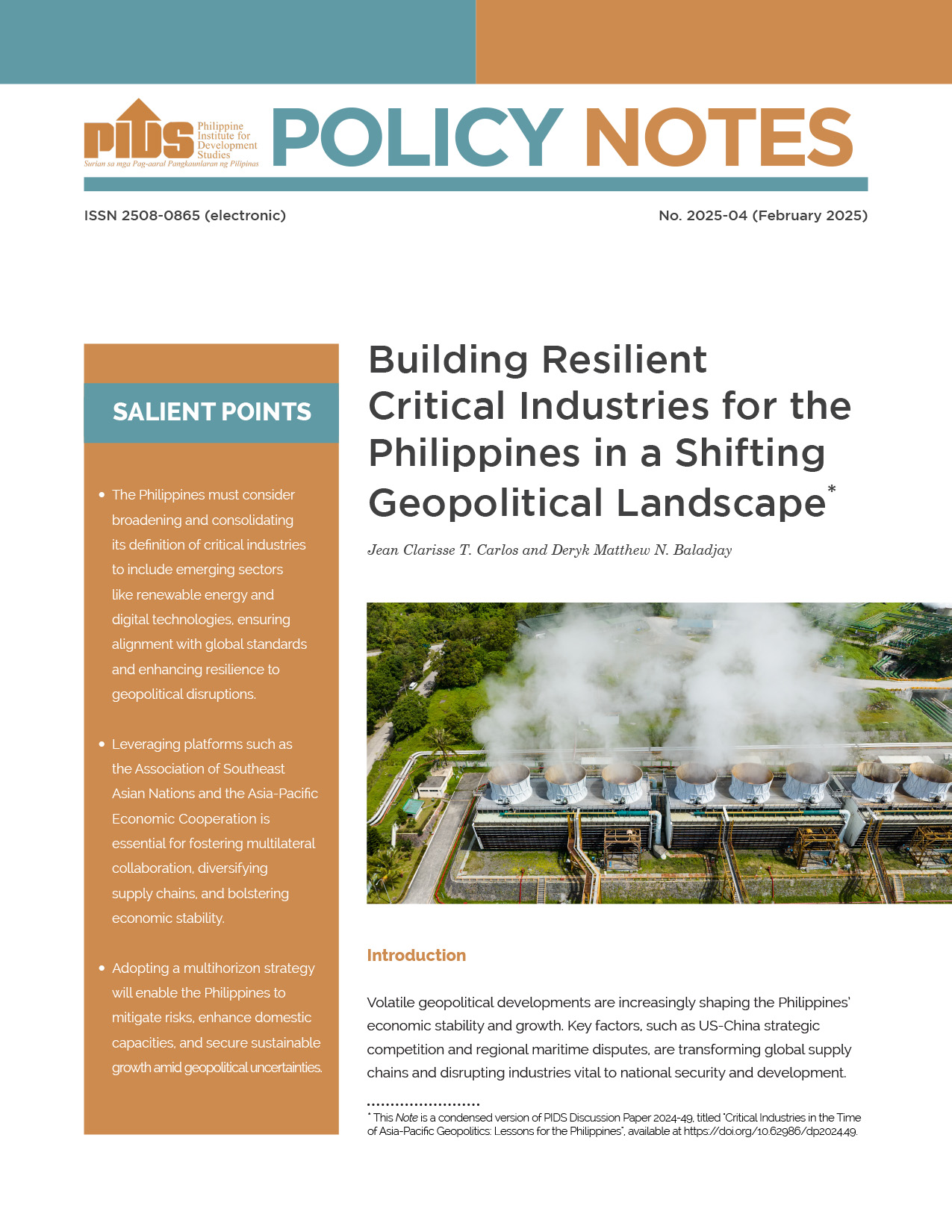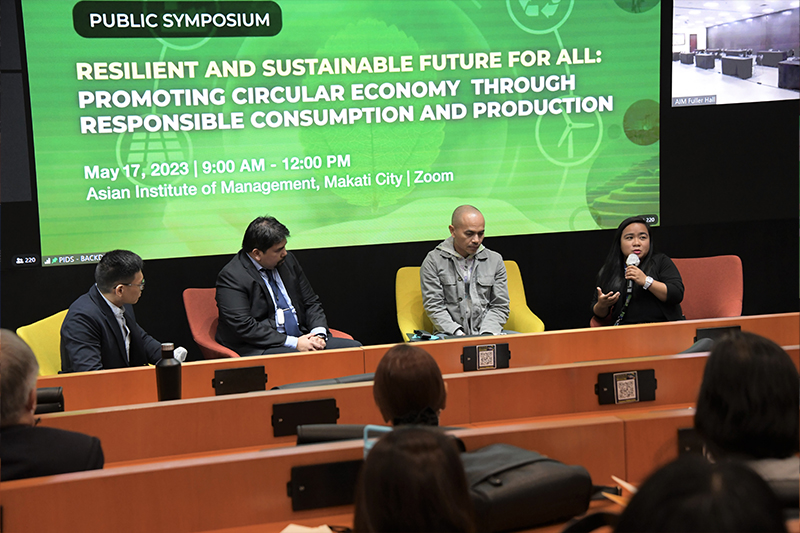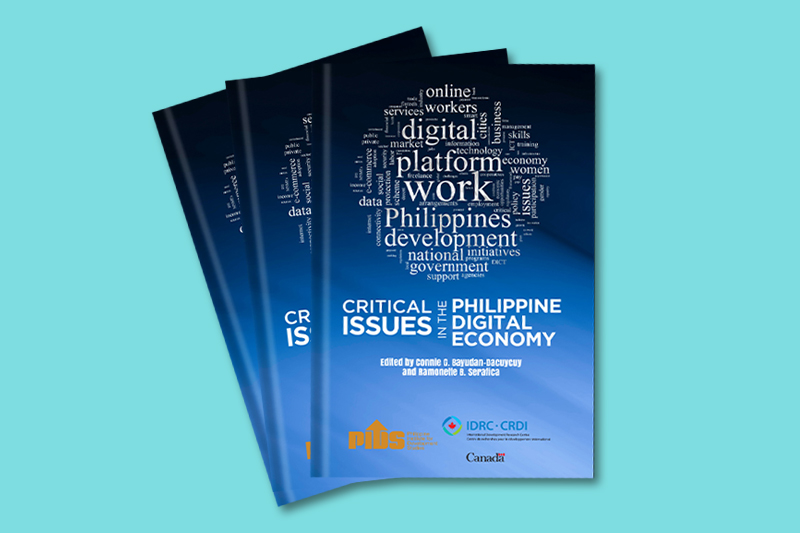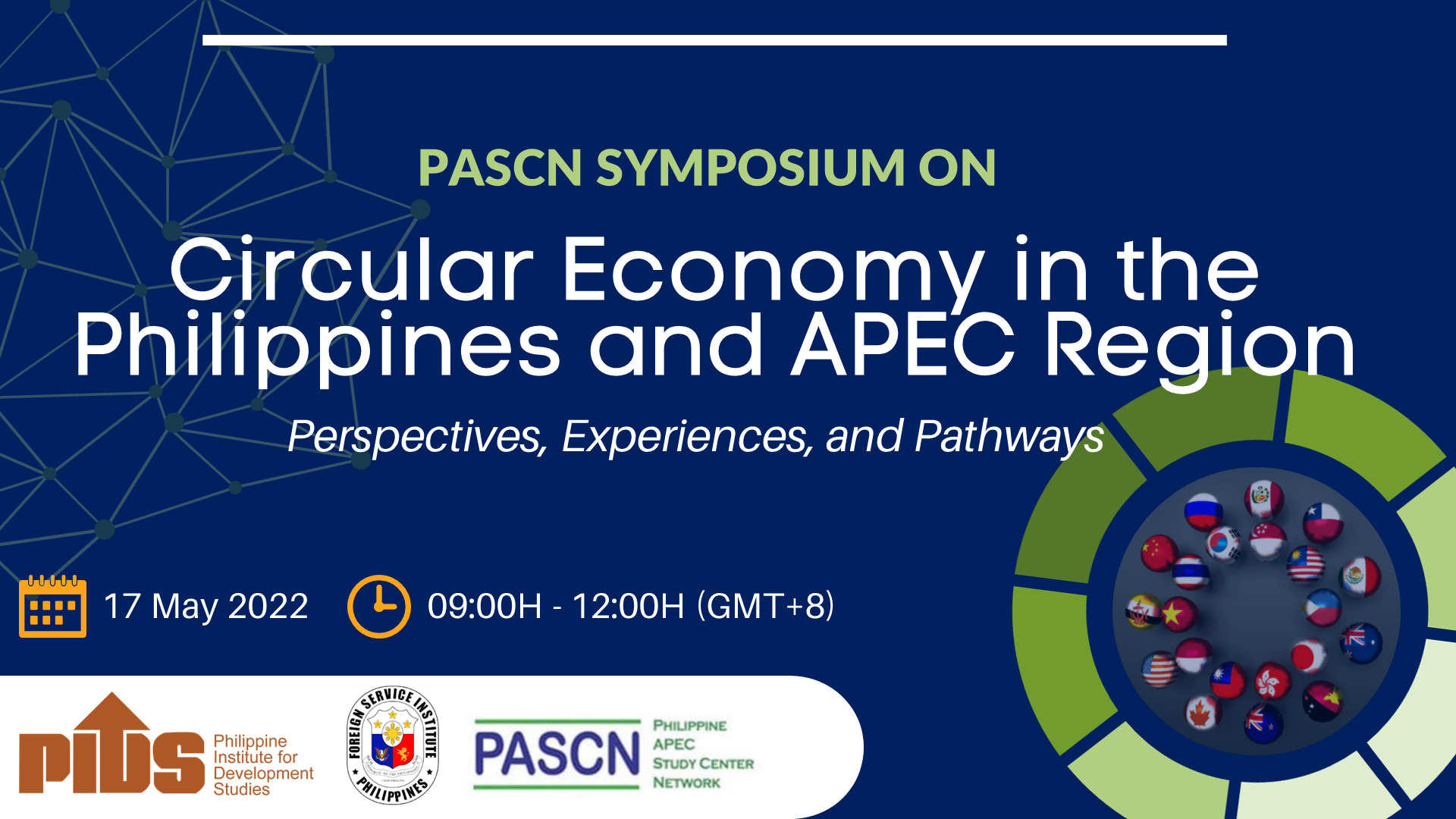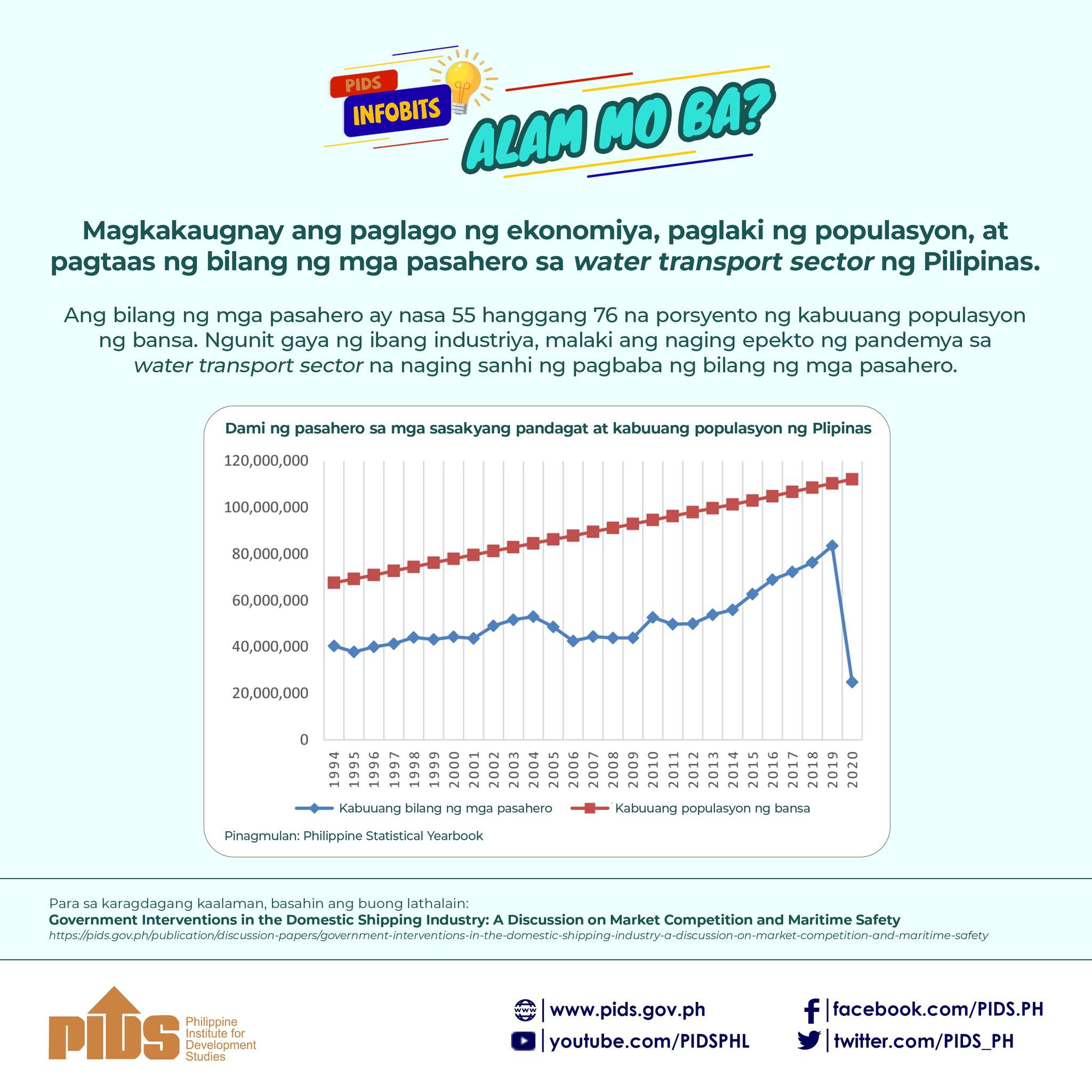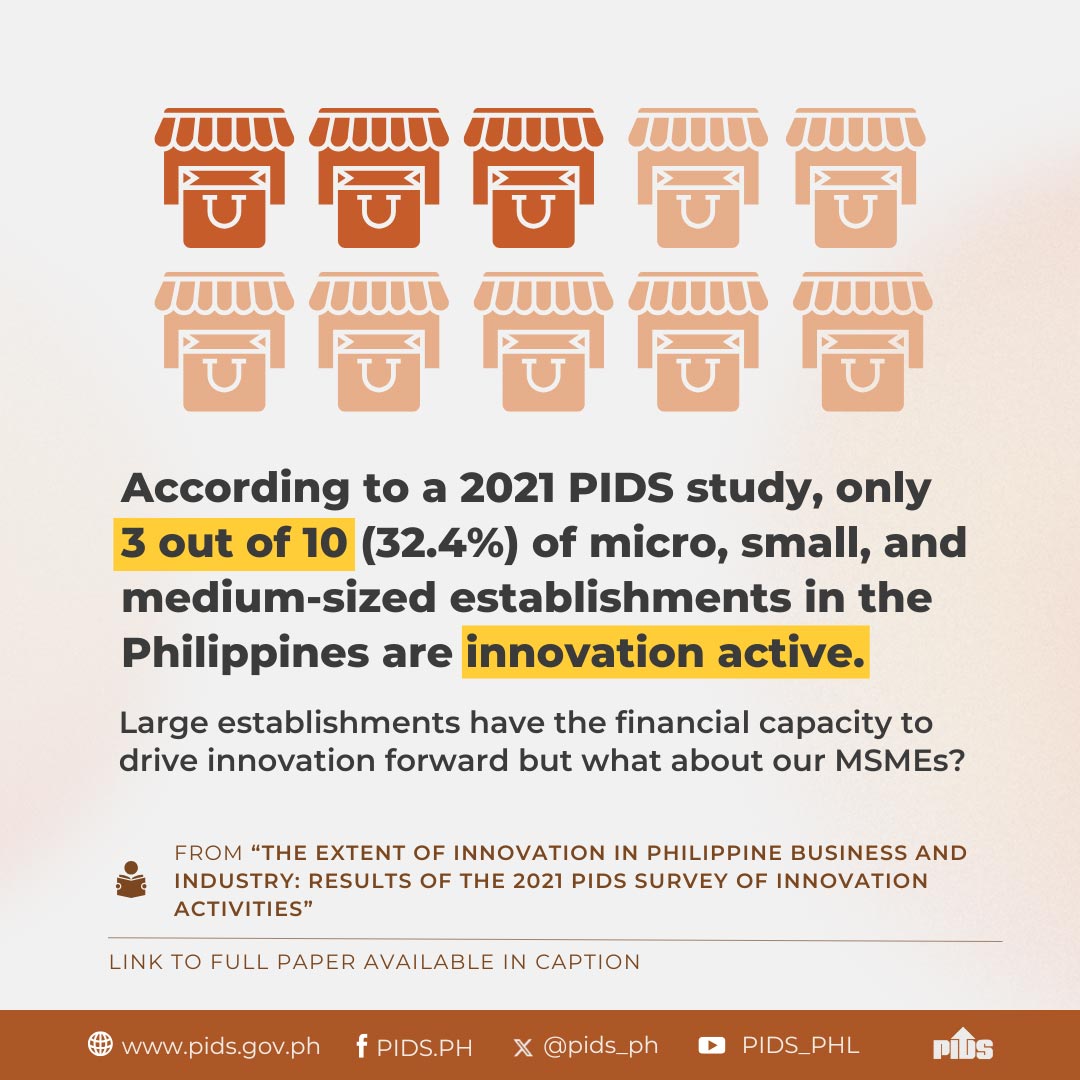Continuing with the themed focus on small and medium enterprises (SMEs), state think tank Philippine Institute for Development Studies (PIDS) hosted Dr. Ganeshan Wignaraja, an advisor to Asian Development Bank, to present on “SME Internationalization and Finance in Asia” at a PIDS Pulong Saliksikan. Picking up where Dr. Mario Lamberte and Ms. Ammielou Gaduena discussed SMEs and access to finance in a previous seminar, Wignaraja expounded on the state of SMEs across the Asian region. His presentation covered the SME policies in Asia, the role of SMEs in regional growth, and how the Philippines can help enhance the role of local SMEs in global value chains (GVCs).
Studies consider SMEs as a vehicle for inclusive growth both at the national regional levels. Based on the latest statistics compiled by the Department of Trade and Industry, micro, small and medium enterprises (MSMEs) made up 99.6 percent of the total enterprises in 2011. They accounted for more than 61 percent of total employment across the country. These contributions are, however, not reflected in trade in terms of direct exports, says Wignaraja.
But he noted that trade itself is no longer about direct exports. Nowadays, trade is about being involved in factories across the world. It means supply chain trade. Asian entry in GVCs accounts for the growth in Asia we see today. ASEAN share of world supply chain exports accounted for 9.3 percent of world supply chain trade. The big players in Asia are currently neighbors to the north, and if the countries comprising the Association of Southeast Asian Nations (ASEAN) want to keep up, the region must adjust and change to acquire the necessary models and criteria to ensure increased participation.
Wignaraja pointed to size, scale of production, access to technology, foreign equity, and access to credit as essential requisites. When it comes to size, being a big firm naturally begets advantages to expand due to larger scale of production, possibly better access to technology, and so forth. But Wignaraja said that being small can also work for an SME. By clubbing in clusters, SMEs can overcome some of the disadvantages of size and rely on the benefits of interdependence.
But it’s not just firms and what’s inside of them. The environment of business support services around the firms also counts. The better the type of services firms have around, analyzed Wignaraja, the more chances they’ll grow and capture more GVCs.
One issue of particular importance to SME growth is access to finance, discussed in the previous Pulong Saliksikan by Lamberte and Gaduena. Wignaraja revealed in his report that the lack of access to finance by SMEs is widespread in the region, although the credit gap seems greater in the Philippines.
In the resulting open forum, Lamberte reminded the audience the fact that banks don’t lend to SMEs because all banks are not designed to lend to SMEs. They don’t know how to evaluate projects and SME ventures.
They do a lot of consumer and big firm and corporate lending, but little SME lending, despite the laws requiring them to do so.
“The idea is for them to think about innovations so they can introduce in their system ways of lending with SMEs,” said Lamberte.
Some of these innovations may include relaxing the laws and using nontraditional collateral like nonfixed collateral. Wignaraja explained how changing collateral laws can prove important. In an SME cluster, for example, the use of peer pressure within a network of SMEs for a particular business to pay back its loans can help. It has already worked in Japan.
Lamberte added that banks often require business plans and financial plans. Many of the SMEs that really need credit don’t have the capacity to prepare these plans. SMEs have the single entry accounting system; the banks expect to see something more complex. The solution comes down to educating and designing programs to educate SMEs and improve their capabilities to scale up.
More and more studies agree that SMEs are crucial to inclusive growth, but their growth and participation in GVCs remain limited. SMES that have joined GVCs owe their successes to models that relied on size, excellent human capital, access to credit, and foreign ownership. The rest of the SMEs continue rely on internal sources and nonbanks for their finances.
There is no panacea for the market failures, said Wignaraja. There’s a lot to be done: expand banking, making financial access more inclusive, invest in financial literacy and education early in schools, improve banking systems, and develop better linkages for SMEs.
If you wish to read more about the report from last month’s Pulong Saliksikan, you may visit this page http://www.pids.gov.ph/index3.php?pr=271
Studies consider SMEs as a vehicle for inclusive growth both at the national regional levels. Based on the latest statistics compiled by the Department of Trade and Industry, micro, small and medium enterprises (MSMEs) made up 99.6 percent of the total enterprises in 2011. They accounted for more than 61 percent of total employment across the country. These contributions are, however, not reflected in trade in terms of direct exports, says Wignaraja.
But he noted that trade itself is no longer about direct exports. Nowadays, trade is about being involved in factories across the world. It means supply chain trade. Asian entry in GVCs accounts for the growth in Asia we see today. ASEAN share of world supply chain exports accounted for 9.3 percent of world supply chain trade. The big players in Asia are currently neighbors to the north, and if the countries comprising the Association of Southeast Asian Nations (ASEAN) want to keep up, the region must adjust and change to acquire the necessary models and criteria to ensure increased participation.
Wignaraja pointed to size, scale of production, access to technology, foreign equity, and access to credit as essential requisites. When it comes to size, being a big firm naturally begets advantages to expand due to larger scale of production, possibly better access to technology, and so forth. But Wignaraja said that being small can also work for an SME. By clubbing in clusters, SMEs can overcome some of the disadvantages of size and rely on the benefits of interdependence.
But it’s not just firms and what’s inside of them. The environment of business support services around the firms also counts. The better the type of services firms have around, analyzed Wignaraja, the more chances they’ll grow and capture more GVCs.
One issue of particular importance to SME growth is access to finance, discussed in the previous Pulong Saliksikan by Lamberte and Gaduena. Wignaraja revealed in his report that the lack of access to finance by SMEs is widespread in the region, although the credit gap seems greater in the Philippines.
In the resulting open forum, Lamberte reminded the audience the fact that banks don’t lend to SMEs because all banks are not designed to lend to SMEs. They don’t know how to evaluate projects and SME ventures.
They do a lot of consumer and big firm and corporate lending, but little SME lending, despite the laws requiring them to do so.
“The idea is for them to think about innovations so they can introduce in their system ways of lending with SMEs,” said Lamberte.
Some of these innovations may include relaxing the laws and using nontraditional collateral like nonfixed collateral. Wignaraja explained how changing collateral laws can prove important. In an SME cluster, for example, the use of peer pressure within a network of SMEs for a particular business to pay back its loans can help. It has already worked in Japan.
Lamberte added that banks often require business plans and financial plans. Many of the SMEs that really need credit don’t have the capacity to prepare these plans. SMEs have the single entry accounting system; the banks expect to see something more complex. The solution comes down to educating and designing programs to educate SMEs and improve their capabilities to scale up.
More and more studies agree that SMEs are crucial to inclusive growth, but their growth and participation in GVCs remain limited. SMES that have joined GVCs owe their successes to models that relied on size, excellent human capital, access to credit, and foreign ownership. The rest of the SMEs continue rely on internal sources and nonbanks for their finances.
There is no panacea for the market failures, said Wignaraja. There’s a lot to be done: expand banking, making financial access more inclusive, invest in financial literacy and education early in schools, improve banking systems, and develop better linkages for SMEs.
If you wish to read more about the report from last month’s Pulong Saliksikan, you may visit this page http://www.pids.gov.ph/index3.php?pr=271


